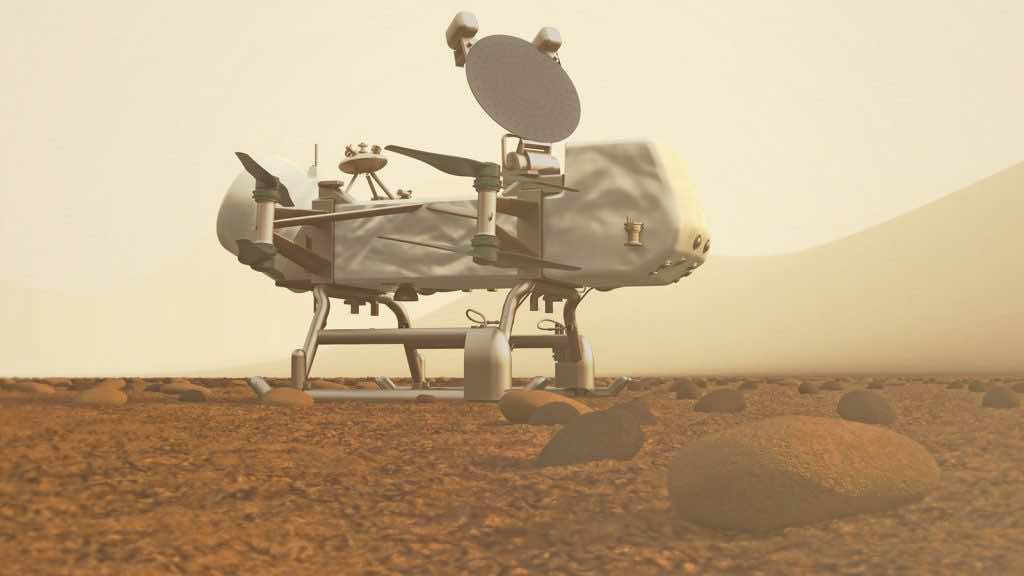As scientists on Earth are continuously trying to navigate life on other planets, there comes another unexplored place that is on the priority list of NASA. NASA is all set to explore the atmospheric conditions of this planetary moon named “Titan”, which is the largest moon of Saturn. According to the research study, the conditions prevailing on Titan are somewhat similar to those of the early days of Earth. NASA has planned to send its robotic rotorcraft named “Dragonfly” in 2027, and it will first land at “Shangri-la dune field near the Selk crater,” as per the research study. However, the study has been published in the journal “Planetary Science.”
Coupled with this, researchers believe that exploring this area would be an interesting thing as there might be some incredible things resting that are needed to be explored. They have claimed this as a “scientifically remarkable area” due to its apparent characteristics. It should be noted that according to the preliminary research conducted by researchers, it has been deduced that there is a considerable amount of sand dunes on Titan with a “broken up-icy ground”. The study would be of great benefit as Dragonfly would bring interesting details about Saturn’s moon on its return.
In addition to this, planetary scientist Léa Bonnefoy, from Cornell University in New York, said, “Dragonfly will land in an equatorial, dry region of Titan – a frigid, thick-atmosphere, hydrocarbon world. It rains liquid methane sometimes, but it is more like a desert on Earth—where you have dunes, some little mountains, and an impact crater. We’re looking closely at the landing site, its structure, and surface.” While it should be noted that the research study has been focused on exploring the six parts of the region.
Not to mention, the rotorcraft weighs about 992 pounds (450 kgs) and consists of about eight rotors having a diameter of 3.3 feet each. As the gravity is much less in Titans’ atmosphere, so the Dragonfly is expected to fly at a maximum speed of 36 kilometers per hour. Moreover, planetary scientist Alex Hayes, from Cornell University, states, “Over the next several years, we are going to see a lot of attention paid to the Selk crater region.” On the other hand, Bonnefoy said, “Dragonfly is going to finally show us what the region – and Titan – looks like.”

